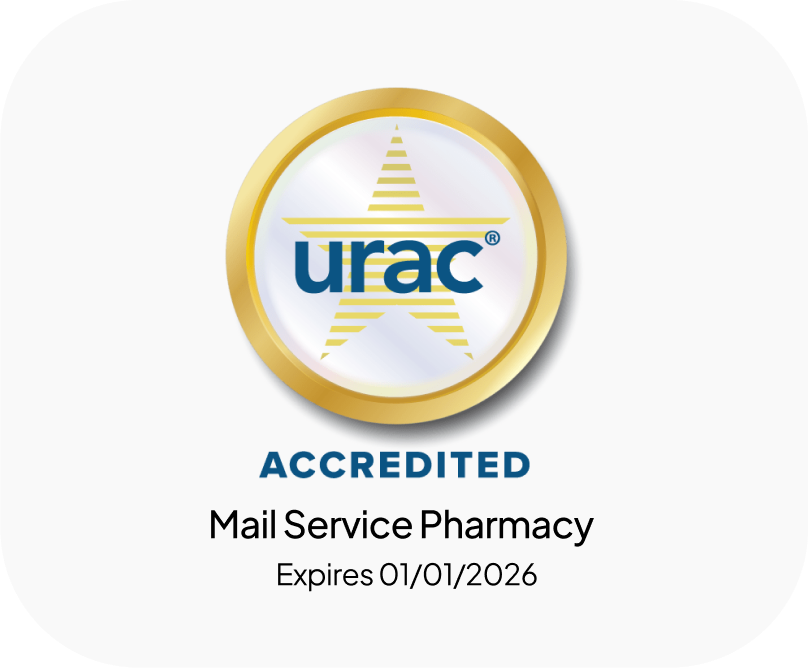Aging in place refers to the capability of older adults to age safely and comfortably in their homes. The many benefits of aging in place lend to the desire for this lifestyle, and it is no surprise that more older adults are interested in it now than ever before.
When considering this lifestyle, it helps to create a plan that assists in aging at home. In this blog, we’ve laid out a comprehensive preparation checklist with our essential tips and steps for successfully aging in place.
Why Aging in Place Matters
For older adults, aging in the comfort of their own homes provides levels of independence, confidence, and comfort that they might not otherwise have in a retirement home or assisted living facility. Happiness and comfort are the ultimate goals for many as they move into the later years of their lives, and aging in place can provide this.
Safety and Security
There’s a feeling of security and warmth associated with staying at home. For older adults, being surrounded by objects of sentimental value and remaining in a home that holds many memories for them can contribute to feelings of safety and security. There’s also peace of mind that their family members and caregivers have, knowing that their aging loved ones are safe in their homes.
Emotional Well-Being
When evaluating the health of older adults, mental and emotional well-being are equally important to physical health, and they go hand-in-hand. The comfort and independence provided by aging in place supply good feelings that boost their emotional well-being.
Creating Your Aging in Place Plan

For older adults who are interested in this lifestyle, here’s a comprehensive checklist to help with creating your aging in place plan:
Assessing Your Home
It’s common for aging adults to live in a home that needs modifications as their needs evolve and change over time. To create a safe and comfortable living environment, seniors should evaluate their homes for any necessary changes to assist their aging in place experience.
Home Accessibility
Having a home that accommodates the accessibility needs of aging is crucial to the success of aging in place. Ramps, stairlifts, and wide hallways can accommodate those who need wheelchairs. Switching out door handles from turn knobs to flat lever handles can help relieve discomfort for those with arthritis. Installing automatic motion-sensing lights in bathrooms, kitchens, and hallways can help seniors avoid injuries at night. For more, check out our blog on home modifications for aging in place.
Safety Features
Some home modifications have safety in mind, such as grab bars and non-slip mats in bathrooms and hallways. Other home safety devices include voice-activated lights, smart devices that detect falls, and home security systems. Our guide on the best products for aging in place takes a deep dive into products that increase safety for seniors living at home.
Financial Considerations
When you create your aging in place plan, financial considerations shouldn’t go on the back burner. Depending on your situation, home modifications and hiring in-home health care may be necessary and expensive.
Creating a budget can help older adults manage their expenses, including housing, healthcare, home modification, and other costs. Some health insurance plans cover different healthcare costs, which can help alleviate some of the financial burden. During open enrollment, compare insurance options to find the plan that best suits your healthcare needs.
Healthcare and Support

Older adults have evolving healthcare and support needs as they age. Seniors planning to age in place should consider ways to accommodate these changing needs, including utilizing different medical services and a support system.
Medical Services
Seniors who want to increase their quality of life while aging in place need to prioritize their health. Multiple medical services are available to help them stay healthy as they age.
Older adults with travel limitations should plan to coordinate transportation to and from medical appointments so they don’t miss any. This planning might look like asking a friend or family member for a ride or utilizing rideshare programs or public transportation.
Primary Care
Your primary care provider is who you go to for general wellness and prevention and treatment of common illnesses, and includes doctors, nurses, physician assistants, and nurse practitioners.
To maintain their health, seniors should plan to see their primary care provider for annual checkups and treat them as their go-to healthcare provider whenever they feel unwell.
Specialized Care
Specialized care extends beyond primary care. Physician specialists focus on a specific area of medicine to diagnose and treat certain conditions and types of symptoms.
Older adults with complex medical conditions may have specialists that they meet with regularly for treatment of various conditions. Some examples of specialized care include seeing a cardiologist for a heart condition or a dermatologist for skin concerns.
Home Delivery Pharmacies
Home-delivery pharmacies assist older adults with aging in place, and they may want to take advantage of these services for the convenience and healthcare benefits they provide. PersonalRX Pharmacy, for example, is a high-touch online pharmacy that delivers your medications to your front door every month, which means less travel to and from the local pharmacy.
With PersonalRX Pharmacy, your medications come in labeled, time-of-day dose packs, which helps to ensure you never miss a dose. Every patient is also assigned a dedicated Personal Care Coordinator to assist 24/7 with any questions you may have about your medications, which offers peace of mind.
Support Network
A solid support network makes a big difference in the success of aging in place. Aging adults need people in their corner who can help them navigate this lifestyle choice.
Family and Friends
Seniors’ family and friends can support their aging in place experience by visiting them regularly, assisting them with rides to and from appointments, joining them for grocery shopping, and providing help where needed. Some family members may even take on the role of caregiver for their aging loved one. Family and friends are an invaluable resource for aging in place success.
Professional Caregivers
Professional caregivers are another fantastic resource for older adults aging in place. They provide care assistance at home, helping seniors with daily tasks and medication management. Seniors planning to hire professional caregivers should include this cost in their budget.
See how PersonalRX’s services for professional caregivers could help them spend less time on medication management and more time with their patients, helping to make aging in place possible for older adults.
Lifestyle and Wellness

Seniors need to live a physically active lifestyle if they want to maintain their independence while living at home. Healthy living combines diet, exercise, and socialization to support seniors’ wellness.
Diet and Nutrition
Eating a healthy, balanced diet with nutritional value will help older adults maintain a healthy lifestyle. Many older adults living at home are responsible for their meal plans and should do their best to keep a healthy diet.
Exercise and Mobility
The CDC recommends that older adults incorporate a combination of aerobic activities and muscle-strengthening exercises each week. Staying physically active helps older adults to maintain independence and prevent mobility issues.
Social Engagement
Fighting off social isolation helps older adults aging in place from developing potential health issues. Older adults should ask their neighbors and community ways for them to get involved and participate in social activities.
Senior centers also offer classes and activities for different hobbies and interests, such as bingo night or an arts and crafts class. Activities like these are fun ways for older adults to maintain social lives and look after their wellness.
Legal and End-of-Life Planning

As unpleasant as it may be, older adults would do well to put plans into place for end-of-life preferences. End-of-life planning includes writing a living will, selecting a power of attorney, and discussing wishes with family members.
These steps will help older adults protect themselves in medical situations where they may be incapacitated or otherwise unable to express their care preferences:
Organize your documents
Organize all of your legal documents when planning your end-of-life care. Include any documents with personal, financial, and health information.
Create a will
A will specifies what happens to your assets after your death and is a way for you to control the distribution of your assets. Without a will, your state laws determine the distribution of your assets. Your will can also include instructions for funeral and burial planning.
Create Advance Directives
An advance directive for healthcare protects you in medical situations where you can’t express your treatment wishes.
Select a Power of Attorney
A power of attorney names someone who will make financial decisions for you in situations where you can’t.
Hospice and Palliative Care
Older adults aging in place need to make their wishes known for end-of-life care so that they’re less likely to end up in a situation they don’t want to be in for the last moments of their lives. Hospice and palliative care are options for older adults with serious illnesses leading up to and including the end of life.
For more information on end-of-life preparations, The National Institutes of Health has a checklist that older adults can refer to.
Conclusion
There are many considerations for older adults planning for aging in place, including healthcare, housing accessibility, home modifications, financial, social, end-of-life planning, and more. Creating an aging in place plan will be helpful overall in the success of seniors’ aging in place experience and is worth the time and effort.




